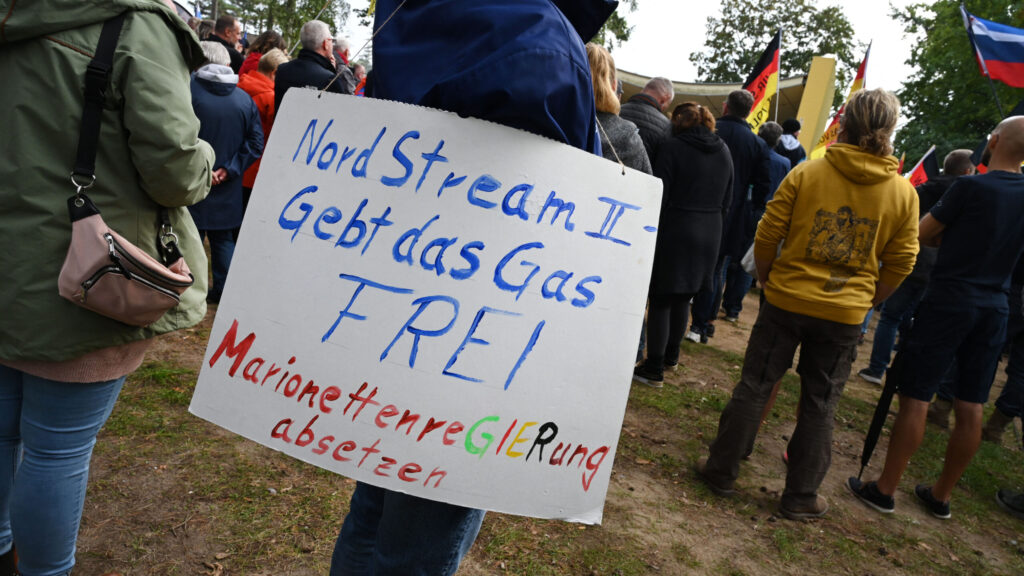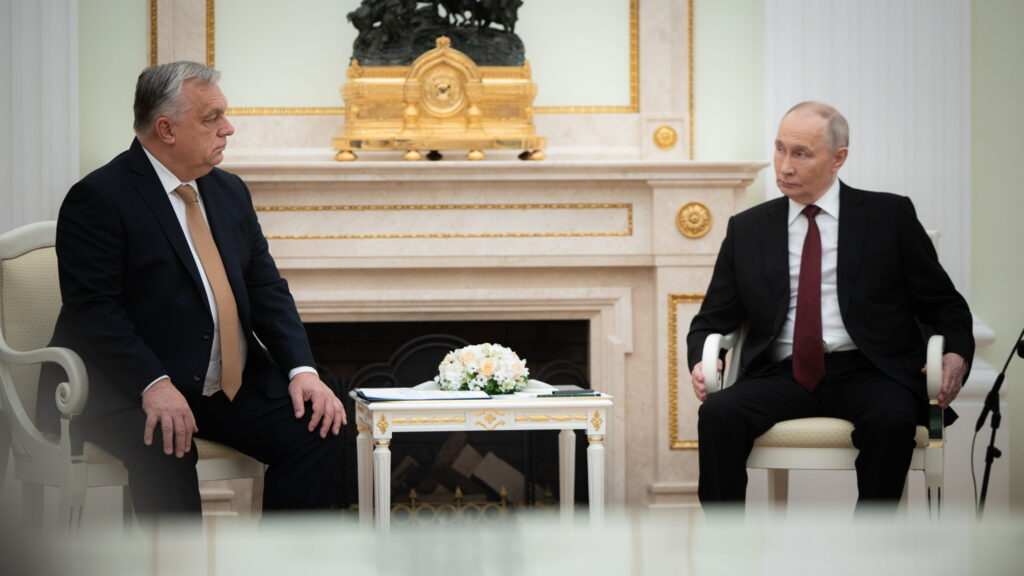Hungary is currently facing both a significant threat to its long-term economic success and a remarkable opportunity. Interestingly, both the threat and the opportunity stem from the same source. It is up to Hungary’s political leadership to decide whether this root will grow into weeds that choke the nation’s economic garden or bear fruit that ensures its prosperity in the 21st century.
In May of this year,at the Jacques Delors Centre at the Hertie School in Berlin, ECB President Christine Lagarde gave an important speech on the future of the global monetary order. ‘There is uncertainty about the cornerstone of the [global monetary] system: the dominant role of the US dollar,’ Lagarde said. But rather than seeing this as a negative for Europe, she saw it as an opportunity. ‘The changing landscape could open the door for the euro to play a greater international role,’ she stated.
Only a few weeks later officials at Lagarde’s ECB were sounding the alarm that changes in the global monetary system were leading to an overly strong euro—one they feared could stifle the continent’s competitiveness, already weakened by the loss of cheap Russian energy. At the ECB’s annual conference in Sintra, Portugal, the bank’s Vice President, Luis de Guindos, stated that ‘we should try to avoid any sort of overshooting.’
As has so often been the case in the past few years, Europe does not appear to know what it wants. It responds to any global changes with utter confusion. Even Christine Lagarde, who has been far ahead of the curve on the massive changes we are seeing in the world economy since the beginning of the war in Ukraine, does not seem to have considered the downsides of having a ‘global euro’. After all, in April the head of Trump’s own Council of Economic Advisors Stephen Miran hinted at the fact that the US dollar’s global role may have played a large part in hollowing out America’s manufacturing sector.
The reality is that Europe will be unable to get its economic house in order until it puts its obsession with conflict on its eastern border to rest. In recent years, the European Union has morphed from an ‘economic union’ into a ‘war union’, with the predictable consequence that meaningful discussion about the continent’s economic future is no longer possible. There is every chance that transforming itself into a war union could mark the EU’s final chapter. Even if its leadership eventually realizes that such a path amounts to suicide for the European project, it will likely take years to restore economic stability.
‘The European Union has morphed from an “economic union” into a “war union”’
This is where we find both the threat posed to Hungary and the opportunity open to it. The threat is simple enough: Hungary’s economic fate is currently tied up with the economic fate of Europe, especially its manufacturing powerhouse, Germany. Given its current dependencies, if the European economy sinks, Hungary sinks with it. The current stagnation the country faces are not the fault of Hungarian policymakers who have done their best, but of European policymakers obsessed with war. Hungarian policymakers have found, however, that trying to restore common sense on the continent is a fool’s errand.
This is why Hungary should once again seize the moment and go its own way. Doing so requires the country’s political leadership to leverage three key assets that Hungary has: its geographic position, its diplomatic skill, and its wise decision to keep its own currency. Combining these assets together Hungary can opt for a strategy that we might call a ‘dual circulation economic model’. This dual circulation model can allow Hungary to benefit from the upsides of changes to the global monetary order while avoiding the downsides.
The downsides are those already highlighted by the ECB’s vice president: an overly strong currency risks leading to an overly financialized economy and the hollowing out of a country’s manufacturing base. Since the start of the year, the Hungarian forint has strengthened against both the US dollar and the euro. This no doubt offers Hungarians some respite from the brutal cost-of-living crisis brought on by the war. If the government sees fit, it is well within its rights to allow the forint to strengthen further between now and the 2026 election.
But in the long term, a strong forint policy is unwise, as it undermines the country’s competitiveness. The sweet spot has always been a gently weakening forint—one that preserves export competitiveness amid rising wages driven by robust economic growth and a strong manufacturing sector. Hungary must not stray from this path. The country’s decision to diversify its Foreign Direct Investment (FDI) away from Germany and toward China is a wise one and, in the future, will require it to jealously guard its international competitiveness by ensuring that a strong forint policy is not adopted.
How, then, can Hungary leverage the changes in the global monetary order to its advantage? By positioning itself as a hub for banking and finance across a range of currencies. This is where Hungary must draw on its other two key strengths: its geographic location and its diplomatic acumen. Christine Lagarde may be right that the euro will play a larger role in global money markets going forward, but it is not poised to replace the US dollar as the global reserve currency—nor should it. What is emerging is a ‘multipolar’ system of global money and banking, which, as eminent economic historian Barry Eichengreen has long argued, is the historical norm.
‘Hungary would offer “financial connectivity” in a multipolar world’
If it plays its cards right, Hungary could move into this wide-open space. First, the country can leverage its diplomatic skills to position itself as a truly independent hub for international money and banking—a Switzerland for the 21st century. But rather than anchoring this role to a strong and stable currency, as Switzerland has historically done, Hungary would offer ‘financial connectivity’ in a multipolar world. Second, Hungary could use its geographic position to take a more active role in regional development and lending. It is no secret that the Eurasian continent is integrating, and as it does, the Balkans and Central Asia will become increasingly important. With the right strategy, Hungary could emerge as a key financial hub supporting infrastructure development across these critical regions.
None of this would directly impact the value of the forint. If Hungary were to become an intermediary in the emerging multipolar monetary order, the banking activity centred in Budapest would involve foreign currencies—not the forint. The forint would continue to serve domestic transactions and, crucially, foreign trade. This is what is meant by a ‘dual circulation’ model: the forint circulates within the ‘real’ economy, supporting production, prosperity, and competitiveness, while the multipolar financial architecture enables a separate, purely ‘financial’ circulation of foreign currencies.
The origin of the word forint comes from the Italian fiorino d’oro which was a Florentine gold coin minted between the 13th and 16th century and adopted by Hungary in the 14th century. The history of the forint shows that the monetary order in Hungary has always been international and outward looking. As the new multipolar monetary order emerges, Hungary can leverage its proven track record of being an innovative and independent geopolitical player in order to create a dual circulation economic model that will solidify its status as a true keystone state as the 21st century unfolds.
Related articles:







